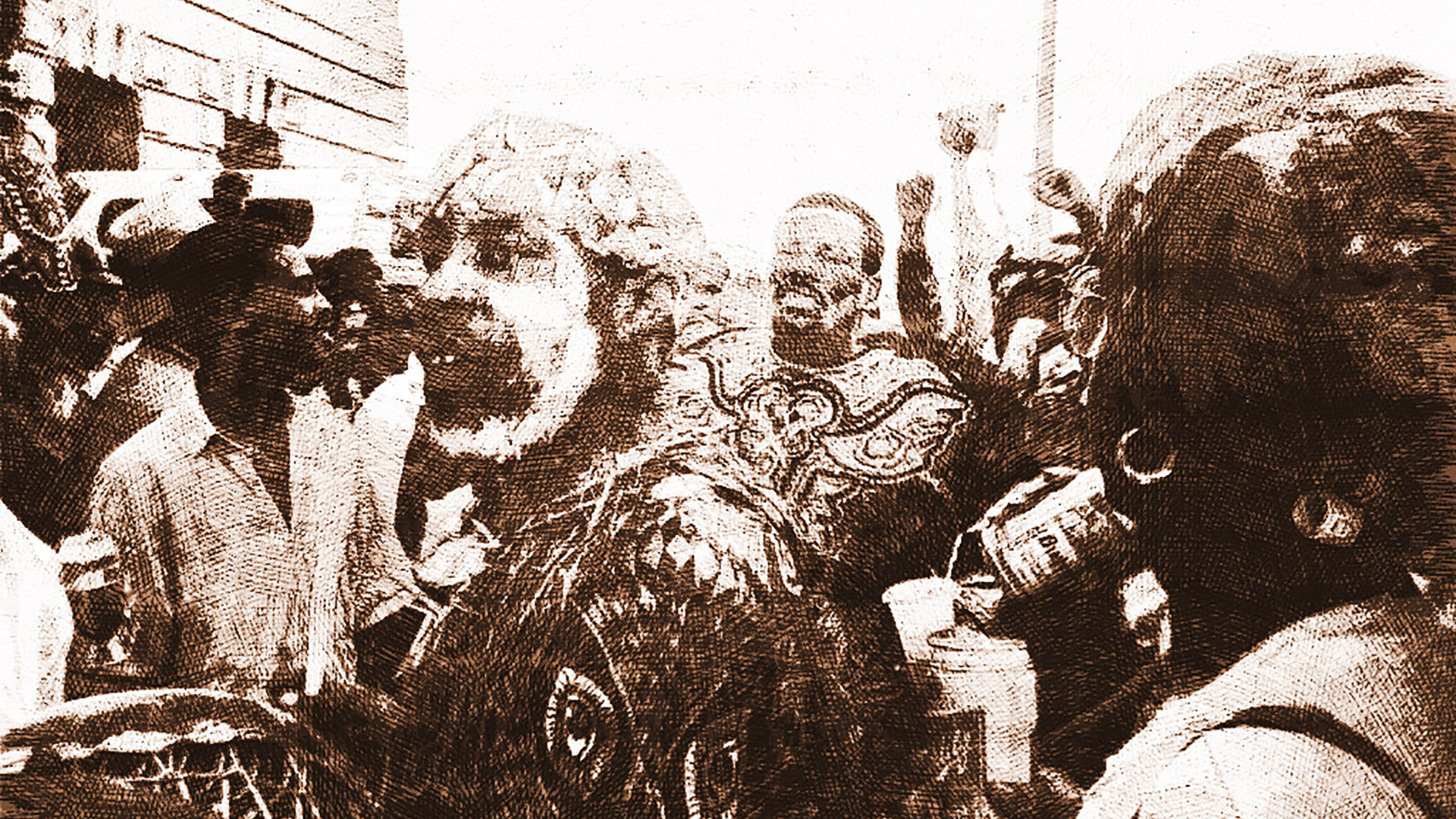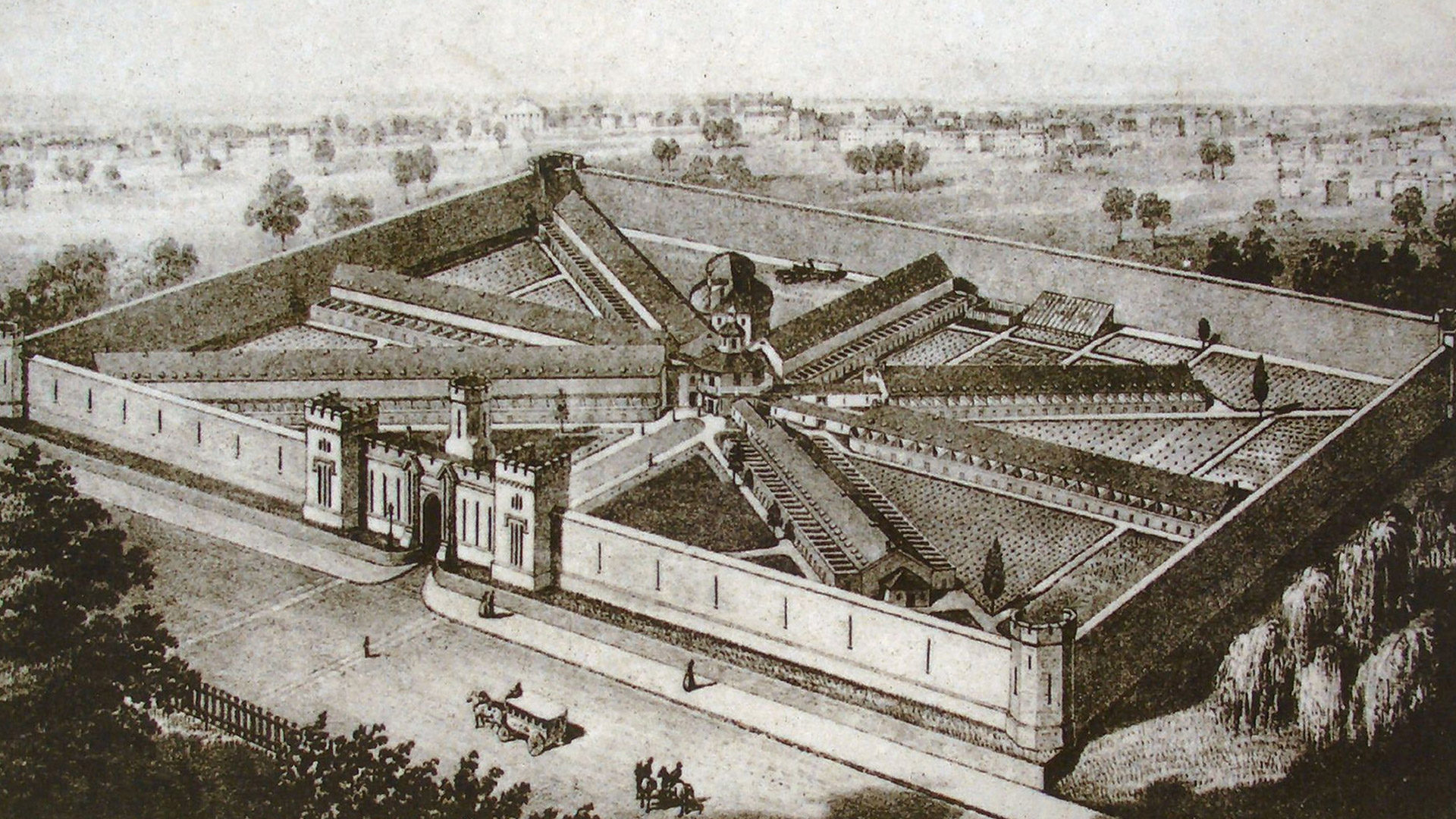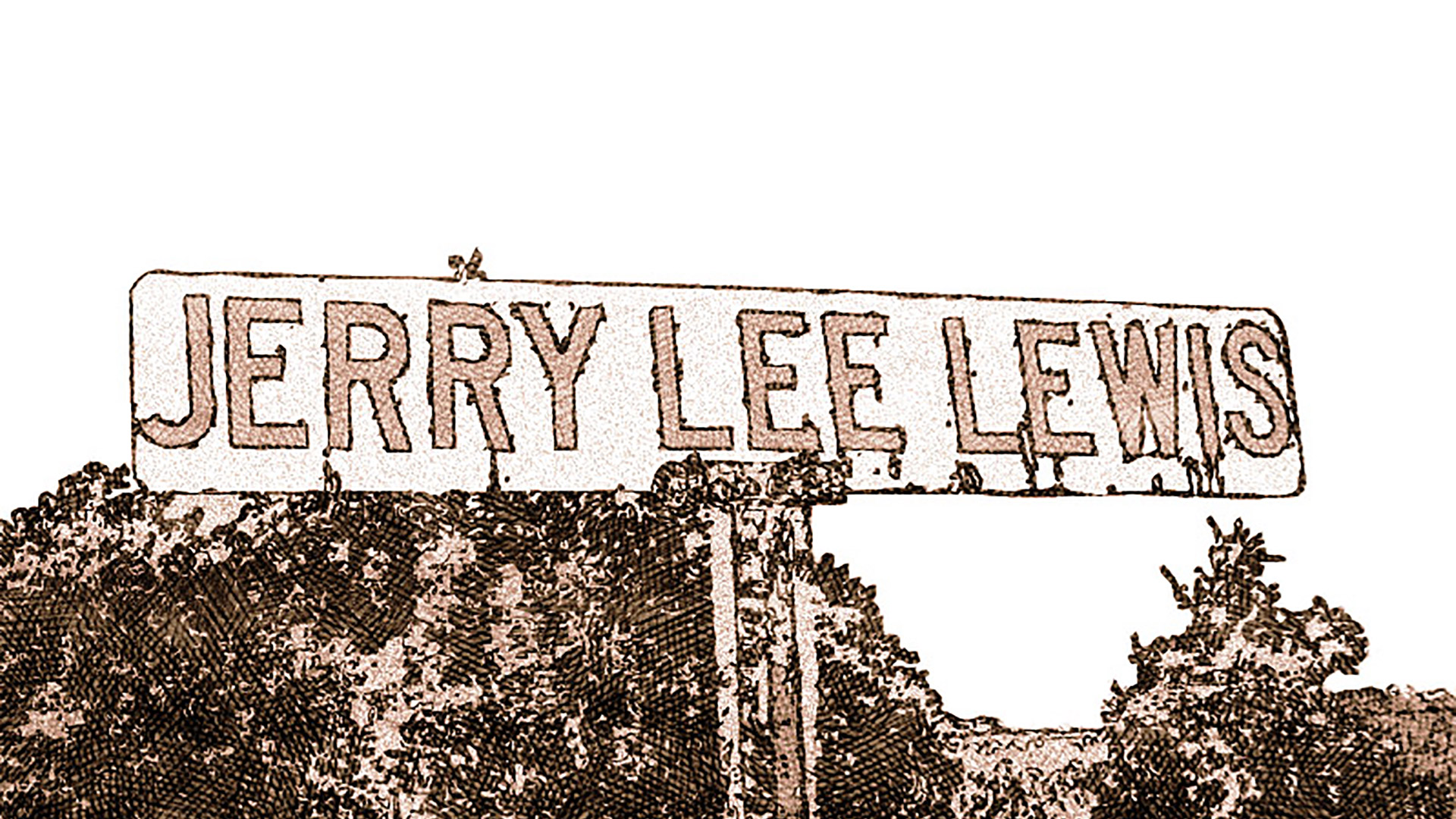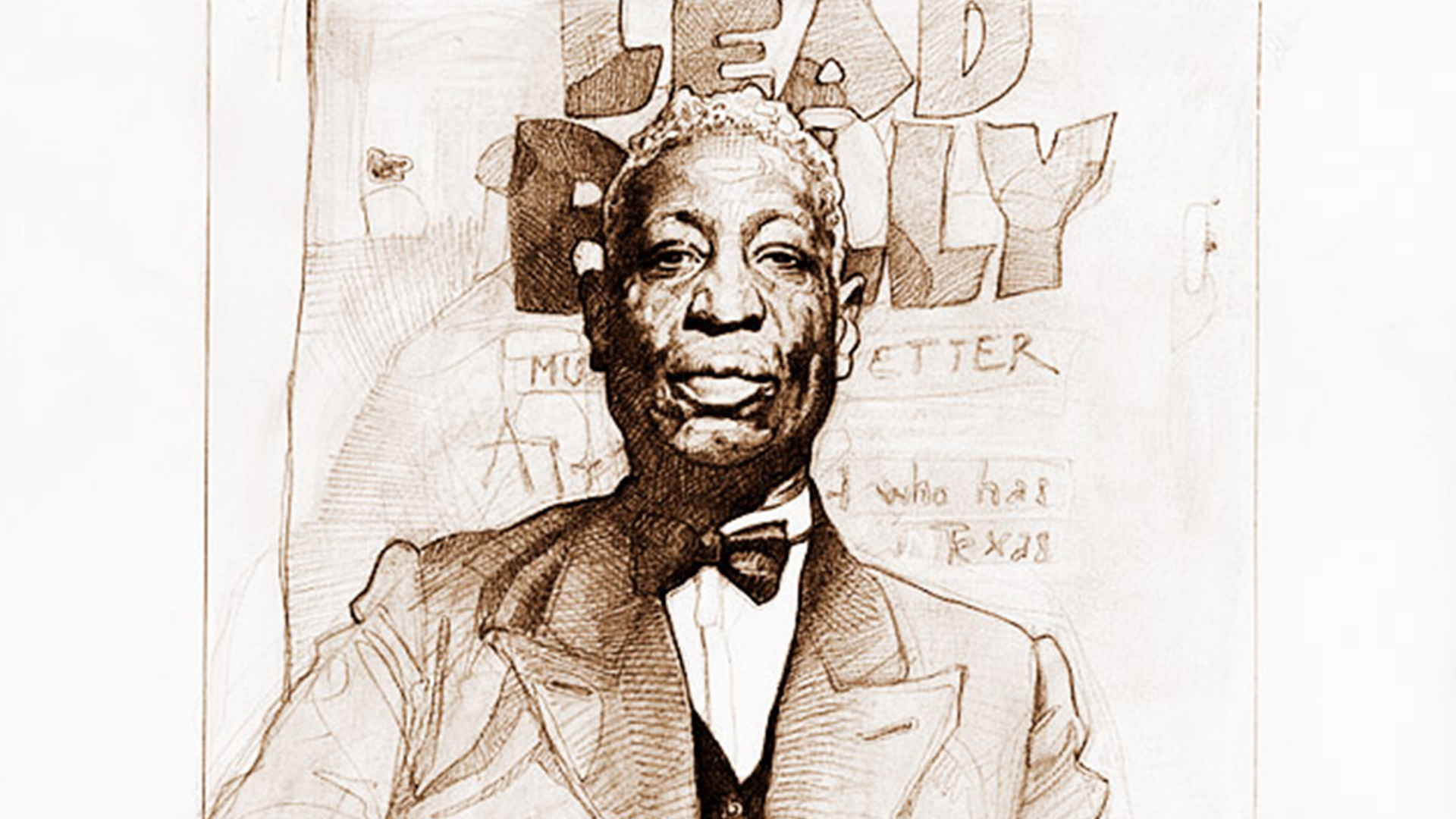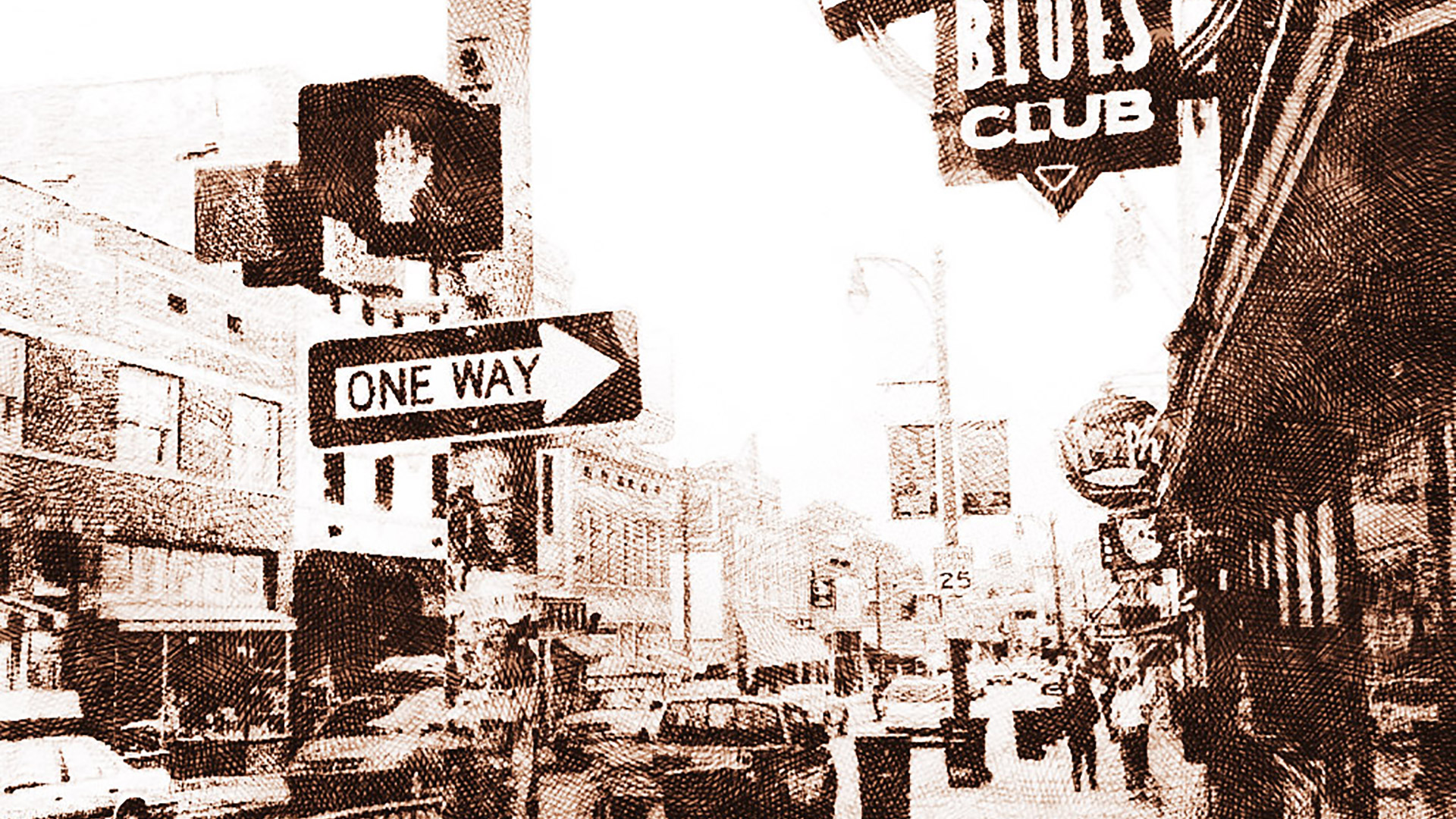The Blues Highway: The Story of Route 61
“If you ever plan to motor west, Travel my way, take the highway that is best.Get your kicks on Route Sixty-Six.”
-
Bobby Troup wrote those words in 1946, making Route 66 the most famous road in American musical mythology, but perhaps that honor should belong to another of the great thoroughfares that snake their way across the United States. It might be less known and less heralded, but Route 61 is a road that has a strong claim to be the one that best represents the musical soul of the country it crosses.
Starting in New Orleans, it traverses 1,400 miles of country, before it finally comes to rest in Wyoming, Minnesota. Its route was decided by the land as much as man, as it largely follows the path of the Mississippi River, another of the great musical veins of the country.
-
New Orleans is where Route 61 begins. It’s also the city where jazz was born. And if you want to see where it was conceived, head to Congo Square in Louis Armstrong Park, in the, thanks to TV, now famous Treme district. In the eighteenth century, when Louisiana was controlled by first France and then Spain, Congo Square was the place where slaves would gather on Sundays to sing, dance and play music.
Most importantly of all, it was where they could play their African drums, which were often banned on plantations, and so bring the rhythms of Africa over the ocean to their new home. Congo Square is the place that links the African music of the 18th century with almost every record you can hear on the radio today.
-
New Orleans is full of musical history, but if you want to see something a little different head out of the city, some thirty miles past Baton Rouge, the state capital, turn off on the Tunica Trace and you’re only twenty miles from the Louisiana State Penitentiary, one of the most mythologized places in the blues. Here chain gangs would have worked on the highways, while men waited to die on the prison’s notorious death row. Also known as Angola and “the Alcatraz of the South”, Louisiana State Penitentiary was the prison where Leadbelly served time for attempted murder and where he was “discovered” by John and Alan Lomax, the famous folklorists.
Angola is also the prison that Steven King had in mind when the wrote “The Green Mile”. It’s a place with a dark history, which features strongly in blues mythology, being specifically mentioned in the much-covered “Junco Partner”, a version of which featured on The Clash’s “Sandinista”. There’s a museum just outside the prison itself, which has a real electric chair should you need a sit down.
-
On the road into Natchez, another 50 miles up Route 61, keep an eye out for Mammy’s Cupboard, a restaurant set inside a 28-foot tall black woman. Diners enjoy their food inside her skirts. Natchez’s main interest to blues fans is as the site of the Rhythm Club Fire (or Natchez Dance Hall Holocaust), a terrible fire which killed over 200 people in April 1940. The fire started when a discarded match caused a blaze which spread quickly via the Spanish moss that was hung from the rafters of the club and which had been doused with a petroleum-based insecticide.
The terrible event soon passed into blues folklore, spawning songs such as Howlin’ Wolf’s “The Natchez Burnin´” and John Lee Hooker’s “The Natchez Fire”.
-
Just over the river from Natchez is the small Louisiana town of Ferriday, from where originates one of the original and most outrageous rock’n'rollers, the Killer himself, Jerry Lee Lewis, as well as shamed TV evangelist, Jimmy Swaggart, and country music star, Mickey Gilley. Amazingly these three are all cousins. The house where Jerry Lee grew up is now a museum dedicated to the family. Run by his sister, it also features a drive-thru liquor store.
-
The small city of Hazlehurst, just over an hour to the east of Natchez, was the birthplace of Robert Johnson, the most legendary of blues singers. Later in his life he lived in nearby Martinsville, where he studied with a local player called Ike Zinnerman, who had reputedly acquired his skills supernaturally by practicing at midnight in a local graveyard. Johnson soon became a much more accomplished player, a change that happened so quickly that many people believe that it was here that Johnson made his notorious deal with the devil.
-
You need to keep heading north to find two of the other favorite locations for Johnson’s mythical midnight tryst with the devil. First up is Dockery Farms, a former 10,000 acre plantation 3 hours north of Natchez on Highway 61.
Situated 6 miles east of Cleveland on MS-8, Dockery used to provide work for some 2,000 men, among who at various times were Charley Patton, Tommy Johnson, Robert Johnson, Howlin’ Wolf, Son House and Pops Staples. It’s rightly regarded as the birthplace of the delta blues and is another contender for the site of the crossroads where Robert Johnson sold his soul to the devil.
The most popular site for Johnson’s Faustian transaction, however, is the crossroads of Route 61 and Route 49 in Clarksdale, Mississippi, 37 miles of Cleveland. Clarksdale couldn’t be richer in blues history. Bessie Smith died in a hospital that is now the Riverside Hotel as a result of a car accident on Highway 61. W.C. Handy lived here while collecting and popularizing blues songs at the start of the 20th century.
There’s the Delta Blues Museum, the Ground Zero Blues Club (co-owned by Morgan Freeman) and 8 miles out of town is the site of the Muddy Waters’ Cabin on the old Stovall Plantation. What remains of the cabin now stands in the Delta Blues Museum, but before it was moved, Billy Gibbons of ZZ Top used several pieces of wood from the cabin to make his famous “Muddywood” guitar.
-
After leaving Clarksdale, you only have an hour and half before you reach Memphis, a city which needs no introduction. Packed with musical and cultural sites, such as Sun Studios, Graceland, Beale Street and the National Civil Rights Museum, it has plenty to keep you entertained. One place that might not be on the tourist maps is Lansky Bros, the clothes store where Elvis bought his suits. No longer situated on Beale Street, it can now be found inside the grand Peabody Hotel, a mere couple of blocks from its original home. Here you can buy clothes based on some of those Elvis wore, and also take some time to see the Peabody ducks making their daily journey to and from their home on the hotel’s roof to the fountain in its lobby.
If you do go to Beale Street, be sure to visit the A.Scwhab store, the only remaining original business on the street, which specializes in voodoo paraphernalia, dry goods and tourist memorabilia.
-
Tim Tooher is an occasional writer who earns his living teaching English in the south of Spain. At 18 years of age, he started deejaying and putting on bands, which led to a close relationship with Primal Scream and his working for Creation Records. He was one of MOJO‘s initial team of writers and also worked for a short period for Ultimate Records, before working for Alan McGee again as the content editor of the Poptones Website. He now mainly writes sleeve notes for old soul and rock’n'roll reissues.
The Best Places in the World to See Stars
See our picks for the 12 best places to escape the city and spot stars.
The Best Places in the World to See Stars
See our picks for the 12 best places to escape the city and spot stars.
